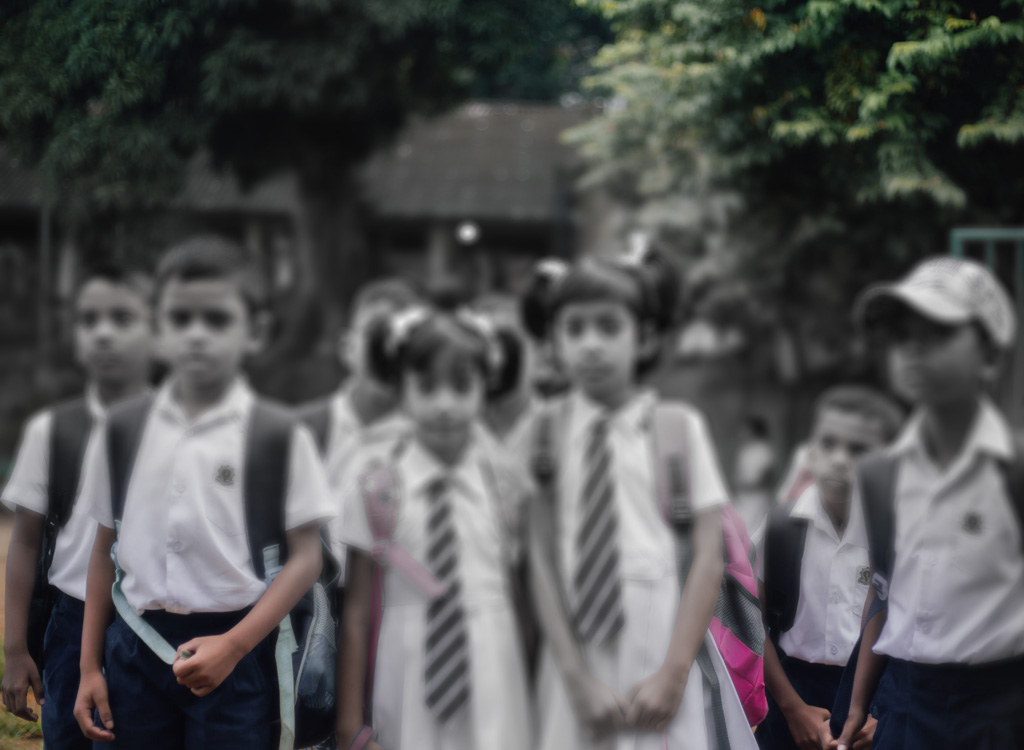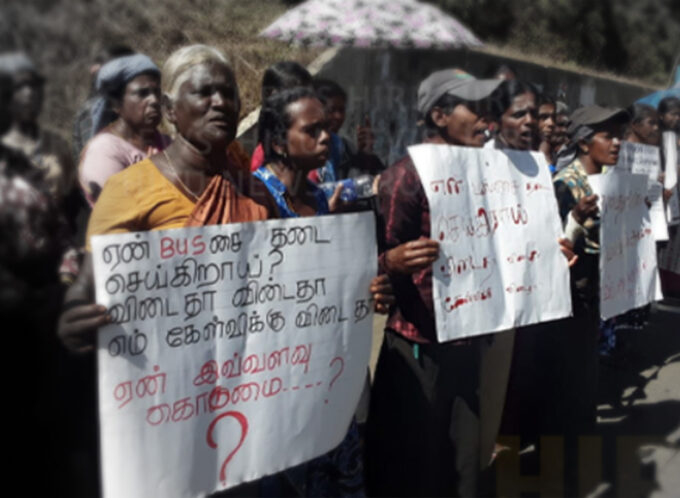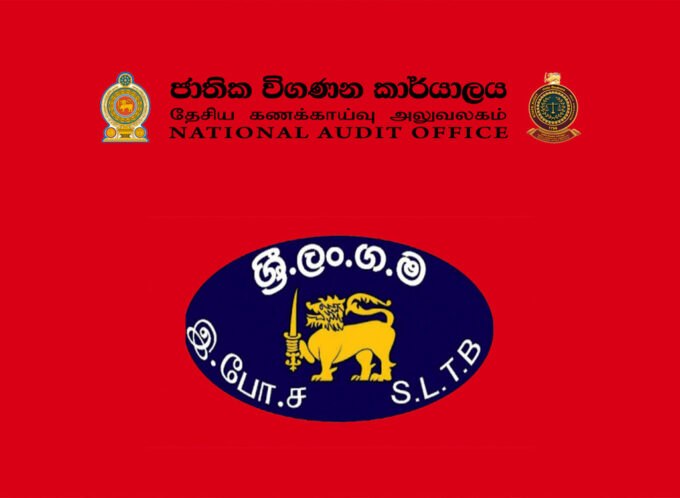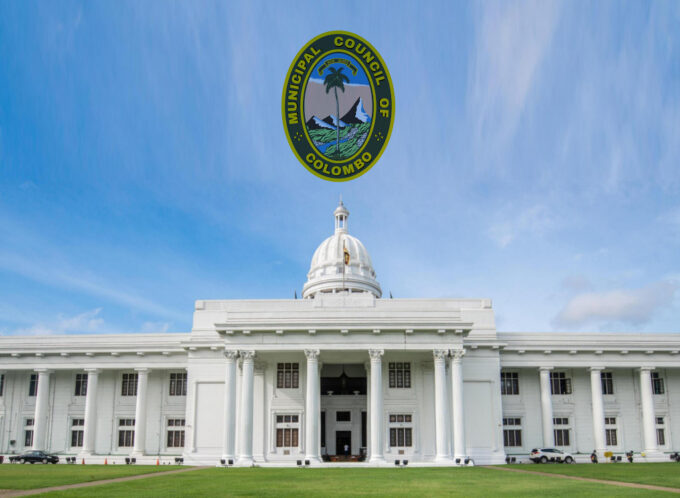Sri Lanka’s government school system lost nearly 87,000 students in 2023, a new report released by the Ministry of Education revealed.
The Education Ministry’s 2024 progress review and 2025 roadmap revealed that the number of students in government schools dropped by 86,909 compared to 2022.
In the same period, the total number of government schools fell by 30, underscoring a slow but steady contraction in the state-run school network.
As of 2023, there were 3,882,688 students enrolled in 10,096 government schools, compared to 3,969,597 students across 10,126 schools the previous year.
But beyond the headline numbers, the report paints a more complex and alarming picture of Sri Lanka’s school system. It shows a deep imbalance in student distribution, with large numbers of small, underpopulated schools and a concentration of students in a relatively small number of larger institutions.
More than 50% of all government schools now have fewer than 200 students. This includes:
1,506 schools with just 1–50 students, up from 1,473 in 2022 — including one national school.
1,638 schools with 51–100 students
2,128 schools with 101–200 students
At the same time, over two-thirds of all students (66.14%) — more than 2.56 million — are enrolled in just 22% of schools, or 2,181 larger institutions with more than 500 students.
This concentration raises questions about inefficiencies in resource allocation, potential disparities in educational quality, and the long-term sustainability of many rural or remote schools with dwindling enrolment.
Of the 2,181 schools with more than 500 students:
1,309 schools had 501–1,000 students
379 schools had 1,001–1,500 students
200 schools had 1,501–2,000 students
198 schools had 2,001–3,000 students
67 schools had 3,001–4,000 students
33 schools had over 4,000 students
Interestingly, despite the drop in student numbers, the report noted a net increase of 1,094 teachers in 2023 compared to the previous year.
While the Ministry did not directly comment on the causes of the decline, analysts point to a mix of factors such as low birth rates, internal migration, private school enrolment, and emigration which contributes to falling student numbers in government schools.
The statistics also highlight the urgent need for a strategic re-evaluation of Sri Lanka’s public education landscape, especially in rural and underserved areas where small schools continue to operate with minimal enrolment and stretched resources.











Leave a comment